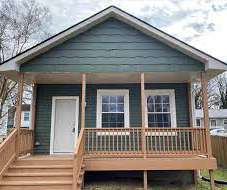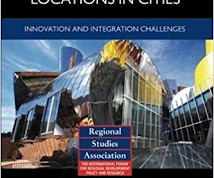The GSE Conservatorships: Fifteen Years Old, With No End in Sight
The Stoop (NYU Furman Center)
SEPTEMBER 5, 2023
7] Because Congress had set up the GSEs through legislation, the Obama administration believed it was up to Congress to develop revisions to that legislation to eliminate these defects. Q3: Why was Congress unable to expeditiously pass legislation to correct those business model defects as a key step to ending conservatorship?













Let's personalize your content